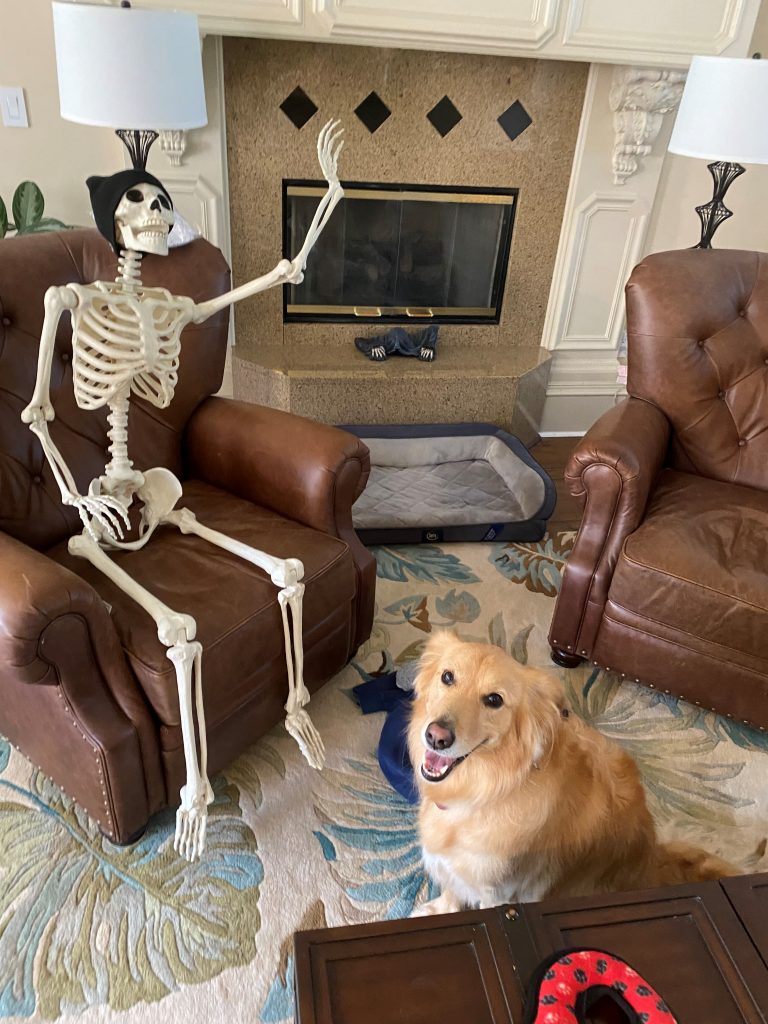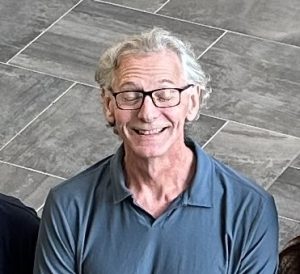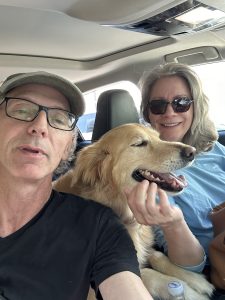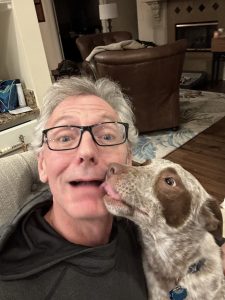Michael E Harris:
Division of Chemical Biology, Department of Chemistry, University of Florida
Dr. Harris received his BS degree in Chemistry from Florida State University in 1986 where he worked in the laboratory of Dr. William Marzluff on post-transcriptional regulation of histone mRNA stability. He trained as a PhD student at the University of Alabama at Birmingham School of Medicine with Dr. Stephen L. Hajduk. There he continued working on post-transcriptional gene regulation by taking some of the first steps in determining mechanism of trypanosome mitochondrial mRNA editing. As a postdoctoral fellow in the laboratory of Dr. Norman Pace at Indiana University he developed a long term interest in RNA catalysis by using chemical probing and structure modeling to identify substrate interactions and model the structure of bacterial RNase P RNA.
Beginning as an Assistant Professor at CWRU in 1996 his laboratory used nucleotide analogs as functional probes to identified the active site of the ribonuclease P ribozyme, pinpointed binding sites for essential metal ions, and distinguished their roles in folding, substrate binding and catalysis. Realizing that further progress toward understanding RNA catalysis required information about transition state bonding, his laboratory establish site-specific RNA 18O-isotopomer syntheses with Dr. Joseph Piccirilli, and precise measurement of isotope ratios in RNA ESI/Q-TOF MS to enable kinetic isotope effect analyses of RNA reactions. This work led to a productive and now long-standing collaboration with Dr. Darrin York to combine experiment and theory to unravel the roles that nucleobases and Mg2+ ions play in RNA catalysis.
An important conceptual leap forward was the development with Dr. Vernon Anderson of internal competition kinetics used to calculate relative rate constants for an infinite number of competing substrates. This concept is the basis for a powerful and adaptable method (HTS-Kin, High Throughput Sequencing Kinetics) for deep mutational scanning of RNA binding and processing reactions. Using HTS-Kin the specificity landscape of bacterial RNase P was comprehensively determine, and in the process facilitated the development of new more accurate quantitative models of RNA binding specificity. In collaboration with Dr. Derek Taylor the Harris Lab has integrated cryoEM to solve structures of RNase P bound to alternative substrates in order to reveal the structural basis for its multiple substrate specificity. Now the Harris Lab is working to extend comprehensive approaches for investigating RNA catalysis and specificity to key bacterial and viral RNases and realize emerging opportunities in drug discovery.
- 1986 B.S., (Chemistry) 1986 Florida State University
- 1992 Ph.D. (Biochemistry) 1992 Univ. of Alabama at Birmingham
- 1992-1996 Postdoctoral Fellow, 1992 – 1996, Indiana University
- 1996 – 2001 Assistant Professor, Department of Molec Biol and Microbiology, Case Western Reserve University School of Medicine, Cleveland, OH
- 2003 – 2014 Associate Professor, Department of Biochemistry, Case Western Reserve University School of Medicine, Cleveland, OH
- 2010 – 2016 co-Director (with Dr. Geza Varhegi) Cuyahoga County Community College Bridges to Baccalaureate Program (co-PI, R25 GM049010)
- 2005 – 2016 co-Director (with Dr. Martin Snider), Cell and Molecular Biology Training Program (PI, T32GM008056-31)
- 2014 – 2016 Professor, Department of Biochemistry, Case Western Reserve University School of Medicine, Cleveland, OH
- 2017 – Professor, Department of Chemistry, University of Florida, Gainesville
- 2019 – co-Director (with Dr. Chenglong Li) UF Chemistry-Biology Interface Training Program (T32 GM136583)






